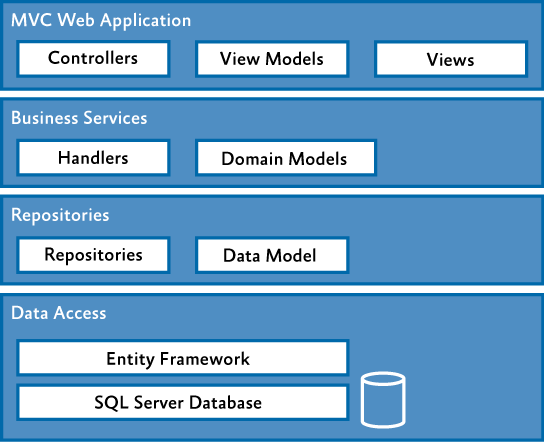rI need some advice on where to run a calculation on data.
I have a viewmodel that contains all the fields that I need for my calculation and I created the following for one of my calculations:
public class CommissionVM
{
public int? LoanAmountLock { get; set; } // from loan table
public decimal BranchRev { get; set; } // from revenue table
public decimal BranchProcessFee { get; set; } // from revenue table
public decimal BranchGrossTotal
{
get
{
return Convert.ToDecimal(LoanAmountLock * (BranchRev/ 100) + BranchProcessFee);
}
}
}
I tried to use the Model.BranchGrossTotal in my view, but it is returning 0. I think I have an order-of-operations problem. The values LoanAmountLock, BranchRev, and BranchProcessFee are returned as the results of a query:
public ActionResult Reconcile(int? id, string RevenueLoanType)
{
var model = new CommissionVM()
{
Loan = db.Loan.FirstOrDefault(a => a.id == id ),
BranchRevenues = db.BranchRevenues.FirstOrDefault(a => a.RevenueLoanType == RevenueLoanType),
};
return View(model);
}
I originally was able to get these calculations to work by doing all the math in the controller after I populate the viewmodel with the query, but there will be about 10 calculations, and from what I understand, I shouldn't clutter up my controller with business logic.
What is the best solution for this? Do I need to create another class for the calculations? If so, how do I populate that class with my data and use it in my controller?
EDIT: I am not sure how to set up the business classes and use them in the controller. Can anyone point me in the direction of a tutorial?

